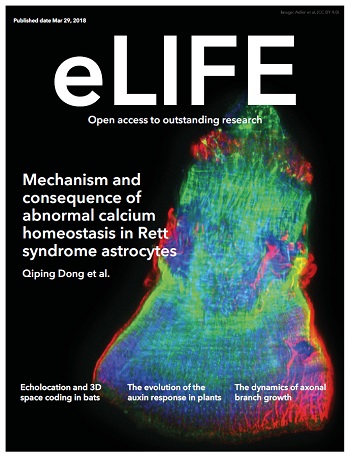Ethnic and region-specific genetic risk variants of stroke and its comorbid conditions can define the variations in the burden of stroke and its phenotypic traits
IF 6.4
1区 生物学
Q1 BIOLOGY
引用次数: 0
Abstract
Burden of stroke differs by region, which could be attributed to differences in comorbid conditions and ethnicity. Genomewide variation acts as a proxy marker for ethnicity, and comorbid conditions. We present an integrated approach to understand this variation by considering prevalence and mortality rates of stroke and its comorbid risk for 204 countries from 2009 to 2019, and Genome-wide association studies (GWAS) risk variant for all these conditions. Global and regional trend analysis of rates using linear regression, correlation, and proportion analysis, signifies ethnogeographic differences. Interestingly, the comorbid conditions that act as risk drivers for stroke differed by regions, with more of metabolic risk in America and Europe, in contrast to high systolic blood pressure in Asian and African regions. GWAS risk loci of stroke and its comorbid conditions indicate distinct population stratification for each of these conditions, signifying for population-specific risk. Unique and shared genetic risk variants for stroke, and its comorbid and followed up with ethnic-specific variation can help in determining regional risk drivers for stroke. Unique ethnic-specific risk variants and their distinct patterns of linkage disequilibrium further uncover the drivers for phenotypic variation. Therefore, identifying population- and comorbidity-specific risk variants might help in defining the threshold for risk, and aid in developing population-specific prevention strategies for stroke.中风及其并发症的种族和地区特异性遗传风险变异可确定中风负担及其表型特征的差异
中风的负担因地区而异,这可能归因于合并症和种族的差异。全基因组变异是种族和合并症的替代标记。我们提出了一种综合方法,通过考虑 2009 年至 2019 年 204 个国家的中风患病率和死亡率及其并发症风险,以及所有这些疾病的全基因组关联研究(GWAS)风险变异,来了解这种差异。利用线性回归、相关性和比例分析等方法对全球和地区的发病率趋势进行了分析,显示了人种地理学上的差异。有趣的是,作为中风风险驱动因素的合并症因地区而异,美洲和欧洲的代谢风险更大,而亚洲和非洲地区的收缩压较高。脑卒中及其并发症的 GWAS 风险位点表明,每种并发症都有不同的人群分层,这意味着人群特异性风险。中风及其并发症的独特和共享遗传风险变异以及种族特异性变异有助于确定中风的区域风险驱动因素。独特的种族特异性风险变异及其不同的连锁不平衡模式进一步揭示了表型变异的驱动因素。因此,确定人群和合并症特异性风险变异可能有助于确定风险阈值,并帮助制定人群特异性卒中预防策略。
本文章由计算机程序翻译,如有差异,请以英文原文为准。
求助全文
约1分钟内获得全文
求助全文
来源期刊

eLife
BIOLOGY-
CiteScore
12.90
自引率
3.90%
发文量
3122
审稿时长
17 weeks
期刊介绍:
eLife is a distinguished, not-for-profit, peer-reviewed open access scientific journal that specializes in the fields of biomedical and life sciences. eLife is known for its selective publication process, which includes a variety of article types such as:
Research Articles: Detailed reports of original research findings.
Short Reports: Concise presentations of significant findings that do not warrant a full-length research article.
Tools and Resources: Descriptions of new tools, technologies, or resources that facilitate scientific research.
Research Advances: Brief reports on significant scientific advancements that have immediate implications for the field.
Scientific Correspondence: Short communications that comment on or provide additional information related to published articles.
Review Articles: Comprehensive overviews of a specific topic or field within the life sciences.
文献相关原料
| 公司名称 | 产品信息 | 采购帮参考价格 |
|---|
 求助内容:
求助内容: 应助结果提醒方式:
应助结果提醒方式:


